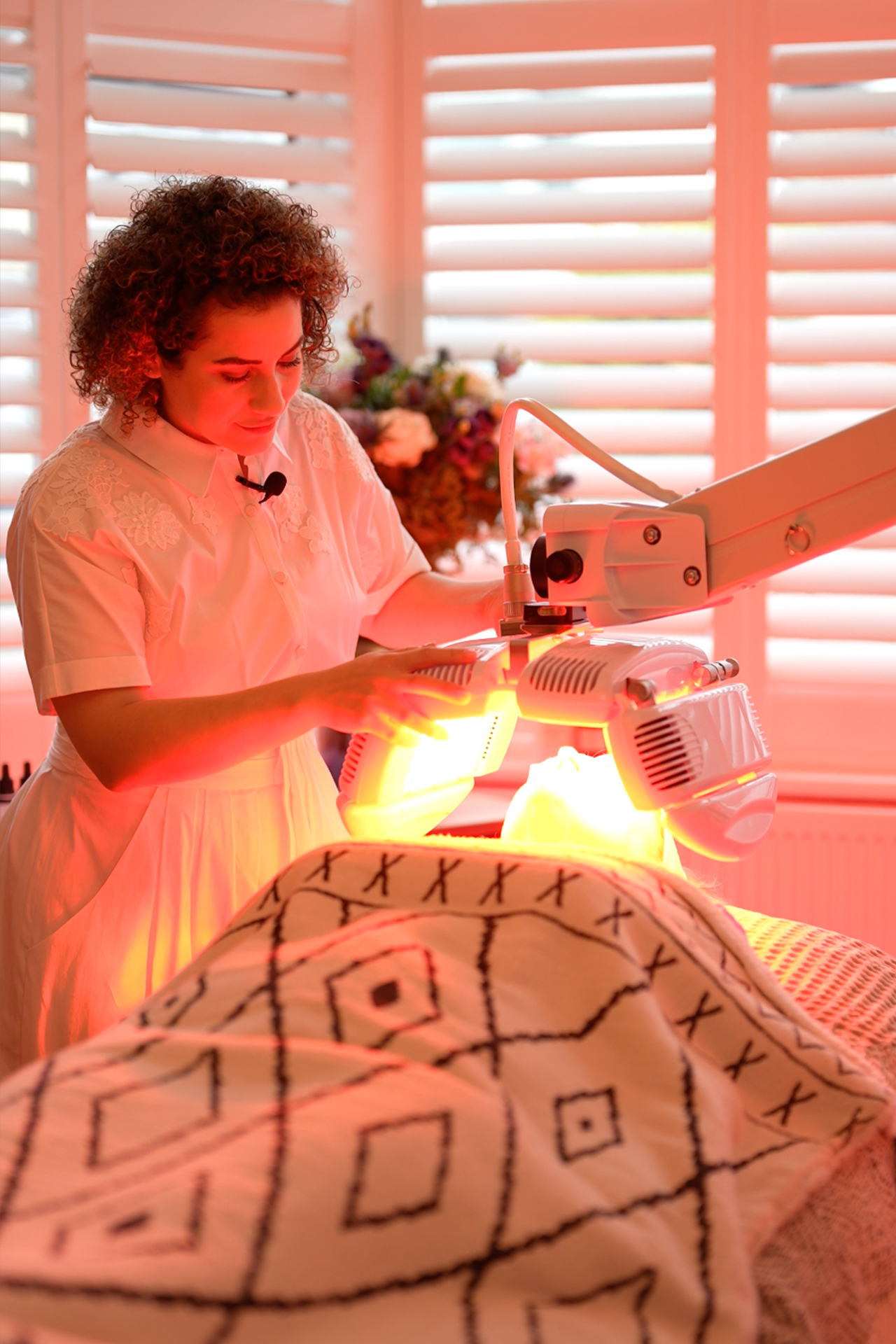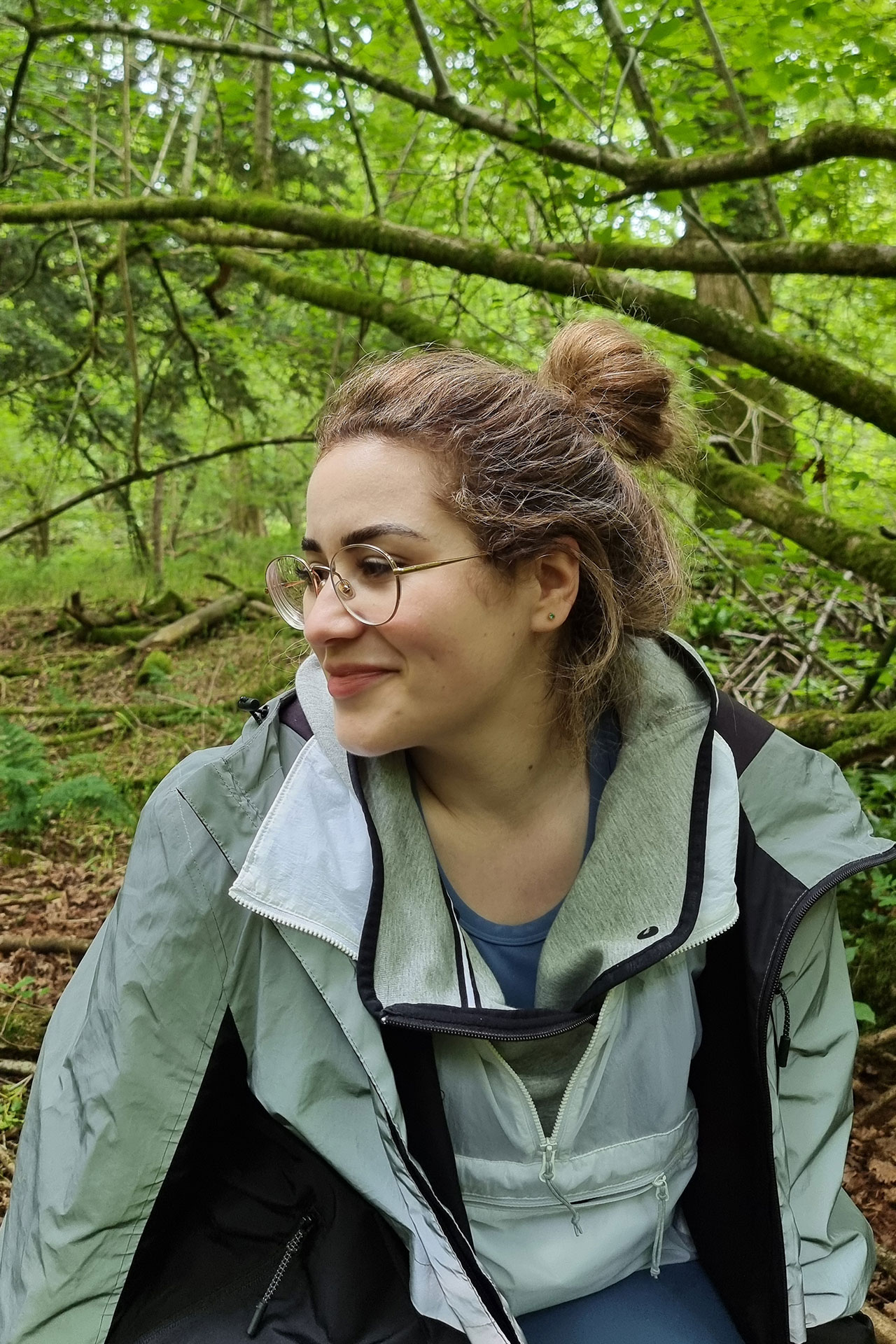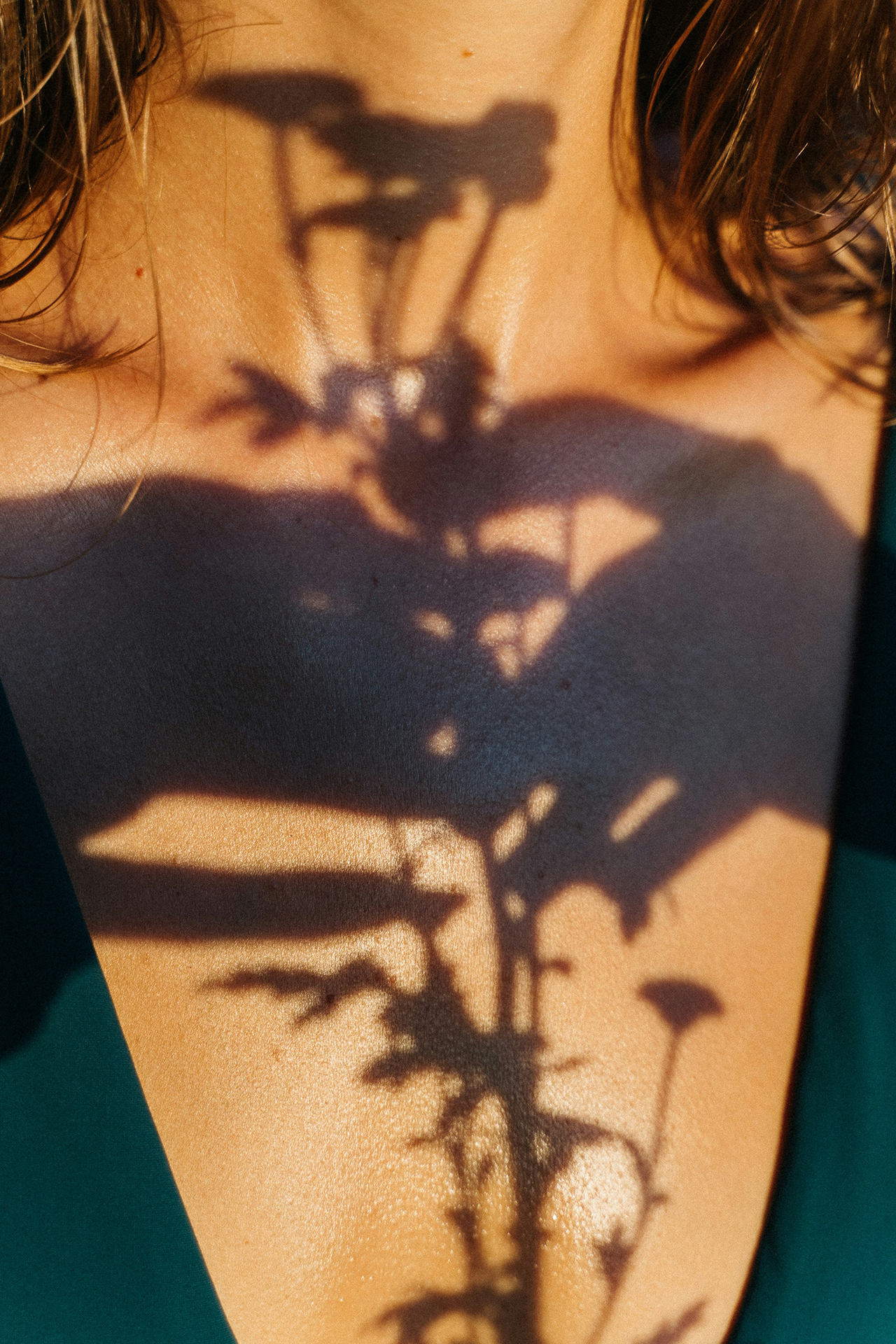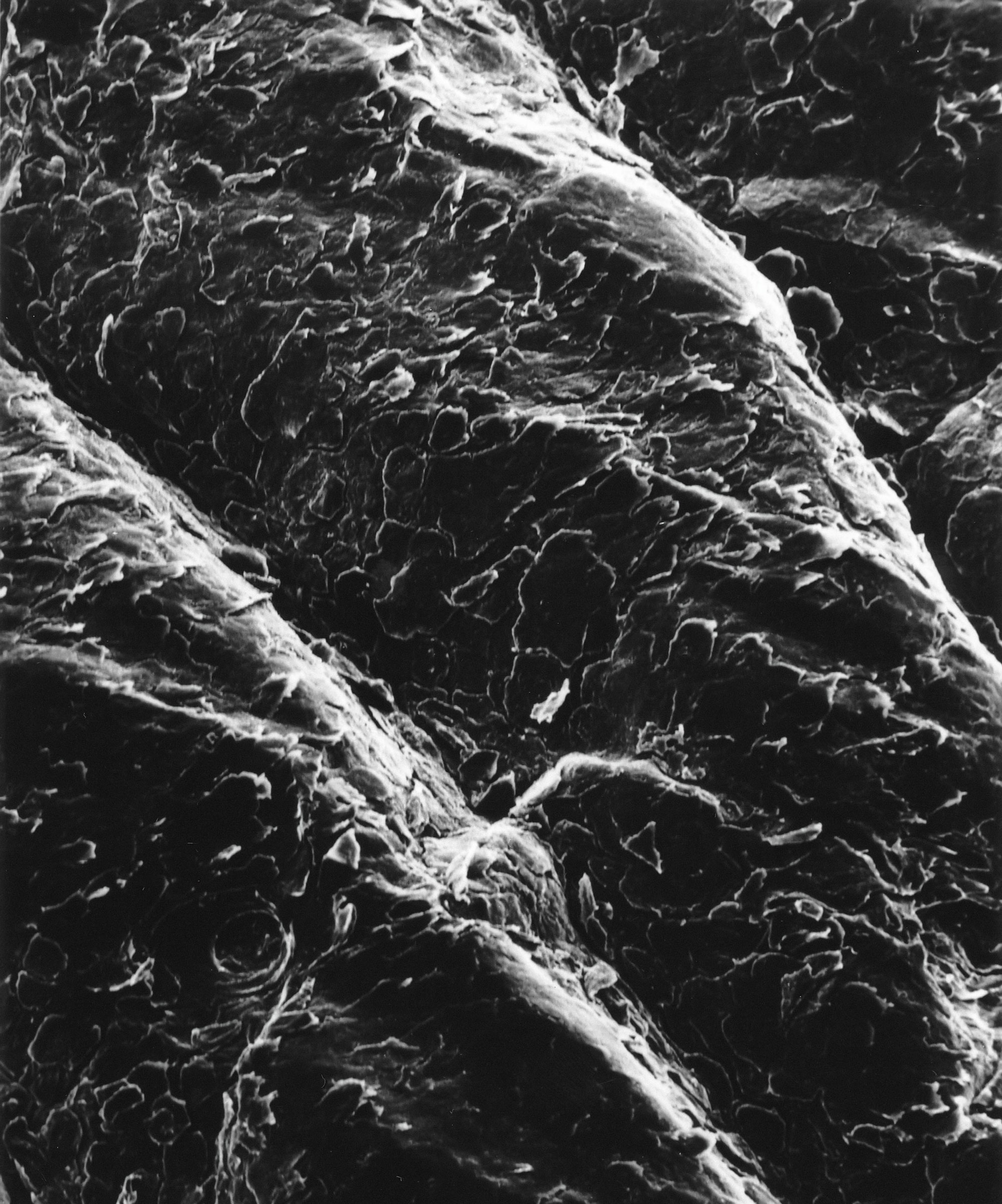
What is skin made of?
Our skin is a wonderful thing!
Not only is it the largest and heaviest of the body’s organs, but it also does an amazing job of multitasking, from protecting us against bacteria to being a thermostat and regulating our temperature. On one inch of skin, there are approximately 19 million cells!
WHAT IS SKIN MADE OF?
Skin is made of protein, water, minerals and fats. The main layers are the epidermis (top/outer layer), dermis (middle layer) and the hypodermis (bottom layer). Your skin glands, hair and nails are your body’s outer layer and are called the integumentary system. This is the physical barrier between the internal and external environment and plays a vital role in keeping us healthy.
WHAT DO THE LAYERS DO?
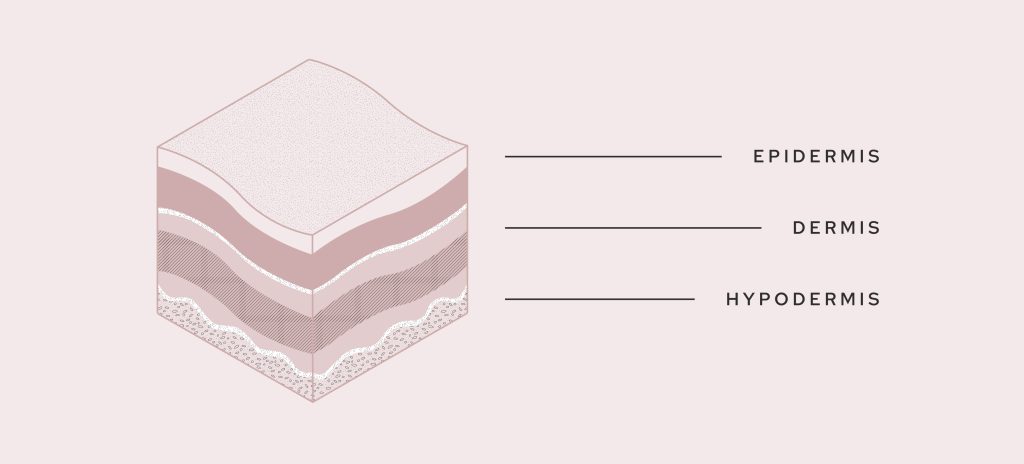
EPIDERMIS – TOP / OUTER LAYER
Your epidermis is composed of different cell types, but the three main ones are Keratinocytes (produces the protein Keratin), Melanocytes (makes your skin pigment, known as melanin) and Langerhans cells which help to stop things from getting into your skin.
The epidermis:
- Provides protection: This layer of skin helps to keep bacteria from entering your body and causing infections. It also helps to protect against environmental elements such as the weather.
- Gives your skin colour: The melanin in your epidermis is the pigment that gives skin its colour. People with higher levels of melanin have darker skin and can also tan more quickly.
- Makes new cells: Your skin is continually making new cells and it really does keep busy, replacing approximately 40,000 old skin cells that are shed every day! Every 30 days you will have a complete new layer of skin – without even knowing it.
DERMIS – MIDDLE LAYER
The middle layer makes up around 90% of your skin’s density.
The dermis:
- Produces oil: The glands in the dermis helps to keep skin soft and smooth but they are also able to prevent your skin from absorbing too much water, like when you go for a swim.
- Helps you sweat: Sweat glands help to regulate your body temperature by releasing sweat through your skin pores.
- Contains essential proteins: This layer contains collagen and elastin which help to make skin cells strong and resilient. Elastin is also found in the dermis and that helps our skin stay flexible.
- Grows your hair: The dermis is where the roots of hair follicles attach and grow from.
- Supports the epidermis: The blood vessels found in the dermis provide nutrition to the epidermis.
- Has important nerve receptors: Nerves in this layer of skin are what help you to identify when something is too hot or cold to touch, or when something might feel lovely and soft or rough and itchy. These nerves also help you to feel pain.
HYPODERMIS – BOTTOM LAYER
It is sometimes referred to as the fatty layer.
The hypodermis:
- Helps regulate our body temperature: Fat in this layer will stop you from getting too hot or too cold.
- Provides support to bones and muscles: The fat in this layer is what protects your muscles and bones when you have an accident.
- Supports blood vessels: Blood vessels found in the dermis (middle layer) become larger once in the hypodermis, this helps to connect this layer with rest of the body as the vessels filter out to the rest of the body.
